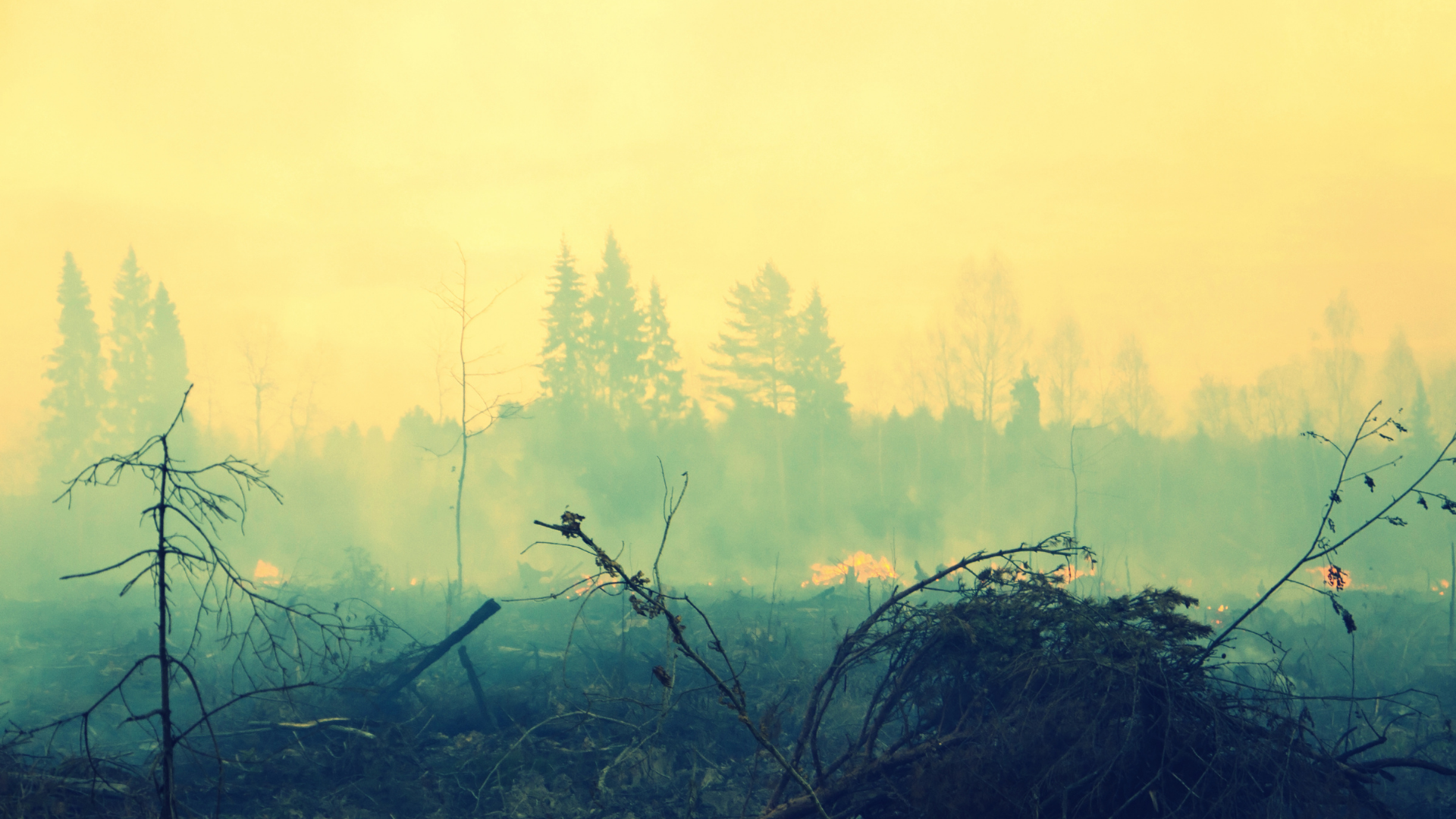After a wildfire, evaluating livestock and treating them becomes crucial.
The School of Veterinary Medicine, University of California, Davis provides a comprehensive guide about how to assess and treat livestock with a variety of smoke and wildfire complications.
Quick Facts about Smoke
- Smoke is made up of carbon dioxide, carbon monoxide, particulate matter, soot, hydrocarbons and other organic substances including nitrogen oxides and trace minerals.
- Particulates from smoke tend to be very small (less than one micron in diameter), which allows these to reach the deepest airways within the lung.
- The effects of smoke are similar for humans and livestock: irritation of the eyes and respiratory tract, aggravation of chronic lung diseases, and reduced lung function.
- Particulates can also alter the immune system and reduce the ability of the lungs to remove foreign materials, such as pollen and bacteria, to which livestock are normally exposed.

Protect and Treat Livestock from Smoke
- Limit exercise when smoke is visible
- Provide plenty of water
- Limit exposure to dust
- Give livestock 4-6 weeks to heal from smoke-induced airway insult
- Consult your veterinarian if your animals continue to experience problems with smoke-induced respiratory injury
Treat Livestock from Wildfire
- Burn injuries will continue to progress and may even worsen for 6 weeks following initial injury
- Burn shock is treated by a veterinarian with intravenous fluids, balanced electrolytes, or possibly plasma for valuable animals
- Topical treatment of silver sulfadiazine helps burned areas of the eyes and skin. Desitin® ointment also provides some protection.
- Approved medications for pain relief may be obtained through a licensed veterinarian
- Reassess livestock on a daily basis. The ability to eat and drink are good indicators if the animal is not healing.
Learn more about protecting and treating livestock from smoke and wildfire.

